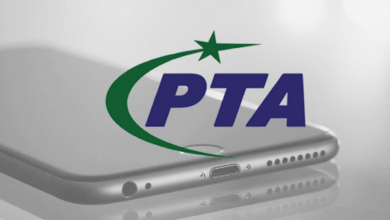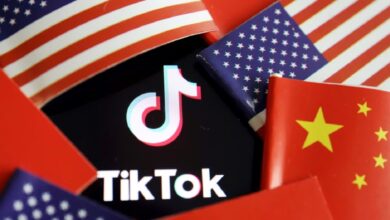Biden’s Groundbreaking AI Executive Order: What You Need to Know

President Joe Biden has issued an AI executive order, marking the U.S. government’s first significant action in this domain. The order covers several key aspects:
Safety and Security Standards: It mandates the creation of safety and security standards for AI, requiring certain AI companies to share safety test results with the government. It also directs the Commerce Department to establish guidelines for AI watermarking and cybersecurity programs to identify software flaws.
Consumer Privacy: Guidelines will be developed for evaluating privacy techniques used in AI to protect consumer privacy.
Equity and Civil Rights: The order aims to prevent discrimination by providing guidance to landlords and federal contractors regarding AI algorithms. It also establishes best practices for AI’s role in the justice system, including sentencing and risk assessments.
Consumer Protection: The Department of Health and Human Services will create a program to evaluate potentially harmful AI-related healthcare practices, and resources will be provided for responsible AI tool use in education.
Labor Market Implications: A report will be produced to study the impact of AI on the labor market and how the federal government can support affected workers.
Innovation and Competition: Grants for AI research in areas such as climate change will be expanded, and criteria for highly skilled immigrant workers will be modernized to retain talent in the U.S.
International Collaboration: The U.S. will work with international partners to establish AI standards worldwide.
Federal Agency Guidance: Guidelines for federal agencies’ use and procurement of AI will be developed, and efforts to hire AI-skilled workers in the government will be expedited.
What does the AI Executive Order mean?
President Biden’s executive order on artificial intelligence (AI) brings several significant advantages to the table. It sets clear safety and security standards for AI, enhancing the reliability and security of AI systems to minimize potential harm. The order also prioritizes consumer privacy, providing guidelines to evaluate privacy techniques in AI, ensuring data protection and transparency.
Addressing equity and civil rights concerns, it seeks to prevent AI algorithms from perpetuating discrimination in areas such as housing, federal contracting, and the justice system. Additionally, it takes steps to protect consumers by evaluating potentially harmful AI-related healthcare practices and promoting responsible AI use in education. The order also emphasizes studying the labor market implications of AI and providing support for affected workers, demonstrating a commitment to economic well-being. Furthermore, it supports innovation and competition by expanding AI research and modernizing criteria for retaining skilled immigrant workers, enhancing U.S. competitiveness. Collaboration with international partners on AI standards fosters global consistency in AI development, while guidelines for federal agencies and expedited hiring of AI-skilled workers improve the government’s AI capabilities.
However, critics worry about the potential regulatory burden and its impact on stifling innovation and slowing down AI development. Compliance costs could be introduced as companies adapt to the safety and security standards and privacy guidelines, which may, in turn, affect consumers. There is a risk of government overreach in AI standards and potential interference in the private sector, leading to concerns about privacy and innovation balance. Additionally, the slow implementation of certain aspects, especially given the rapidly evolving AI landscape, may not address challenges quickly enough. Businesses may need to adapt to new regulations and guidelines, disrupting their operations and business models. Moreover, while international collaboration is a positive aspect, stringent U.S. regulations could put American companies at a disadvantage in the global AI market. Lastly, the order’s reliance on congressional action may face challenges in garnering necessary legislative support, adding a layer of uncertainty to its effectiveness. These concerns underscore the need for careful consideration and ongoing debate as AI policies and regulations evolve.
ALSO READ: Snapdragon 8 Gen 3 & Generative AI: Future of Smartphone Industry
PTA Taxes Portal
Find PTA Taxes on All Phones on a Single Page using the PhoneWorld PTA Taxes Portal
Explore NowFollow us on Google News!





